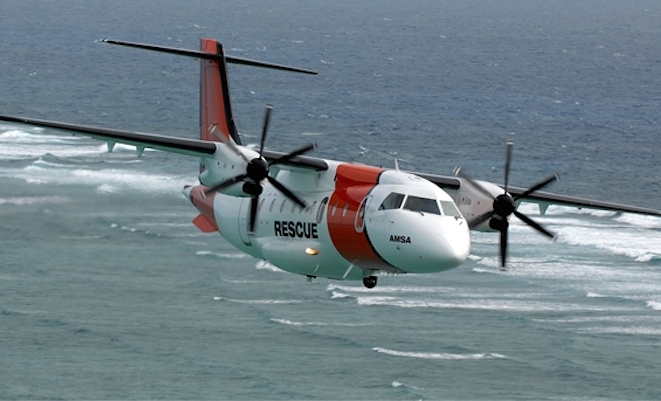
The Australian Maritime Safety Authority (AMSA) has awarded McMurdo Group’s Techno-Sciences Inc a 10-year contract to build and operate a new satellite ground station and mission control centre for detecting emergency distress beacons.
Construction of a six-antenna medium-altitude earth orbit search and rescue (MEOSAR) facility at Mingenew, about 380 kilometres north of Perth in Western Australia,was due to begin later in 2014, with the facility expected to be operational by 2016, the AMSA said on Wednesday.
The mission control centre will be based in Canberra.
AMSA chief executive Mick Kinley says Australians are among the biggest per capita users of distress signals in the world, with more than 300,000 beacons registered and the new MEOSAR satellite distress beacon system would allow the Authority to detect beacons more quickly.
“AMSA is continually looking to take advantage of new technology in its search and rescue system and the MEOSAR system will allow AMSA to detect and respond to beacon activations more effectively,” Kinley said in a statement.
AMSA said the MEOSAR system would reduce beacon detection times from hours under the current system to within 10 minutes 95 per cent of the time when the MEOSAR system was fully operational.
AMSA said it would work with New Zealand to achieve overlapping coverage of both nations’ search and rescue regions.
The Authority said there would be no change for distress beacon owners, whose beacons would continue to be detected and processed, if activated.
“AMSA reminds beacon owners 406MHz GPS encoded beacons have the best chance of being located in the event of activating their beacon in an emergency and that 121.5MHz beacons are now obsolete,” AMSA said.
McMurdo Group, which is a division of the Orolia group of companies, said in a separate statement the contract was worth about 13 million euros ($A18.4 million), with the MEOSAR installation the first in the Asia-Pacific.
“Australia and New Zealand have two of the largest SAR (search-and-rescue) regions in the world, and we are pleased to help them create a more responsive system for those in need of assistance in an emergency,” said Orolia and McMurdo Group chief executive Jean-Yves Courtois said.
The International Corpas-Sarsat program, which is a satellite-based search and rescue distress alert detection and information distribution system, is replacing Low-altitude Earth Orbit Search and Rescue (LEOSAR) satellites with the new MEOSAR satellites.
AMSA was responsible for Australia’s participation in the International Corpas-Sarsat program.
An AMSA fact sheet said 283 lives were saved in 2012 due to Corpas-Sarsat distress beacon activations.















